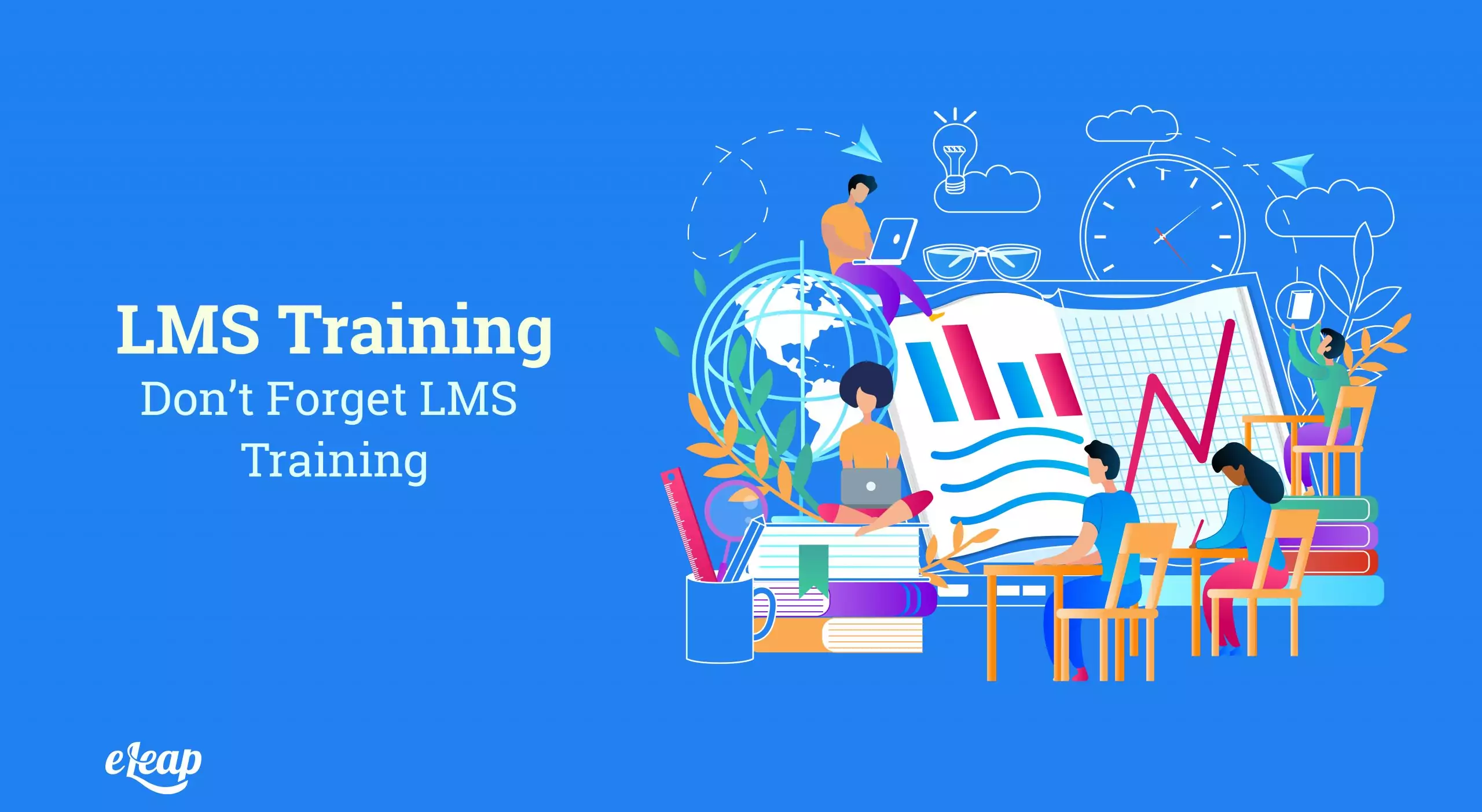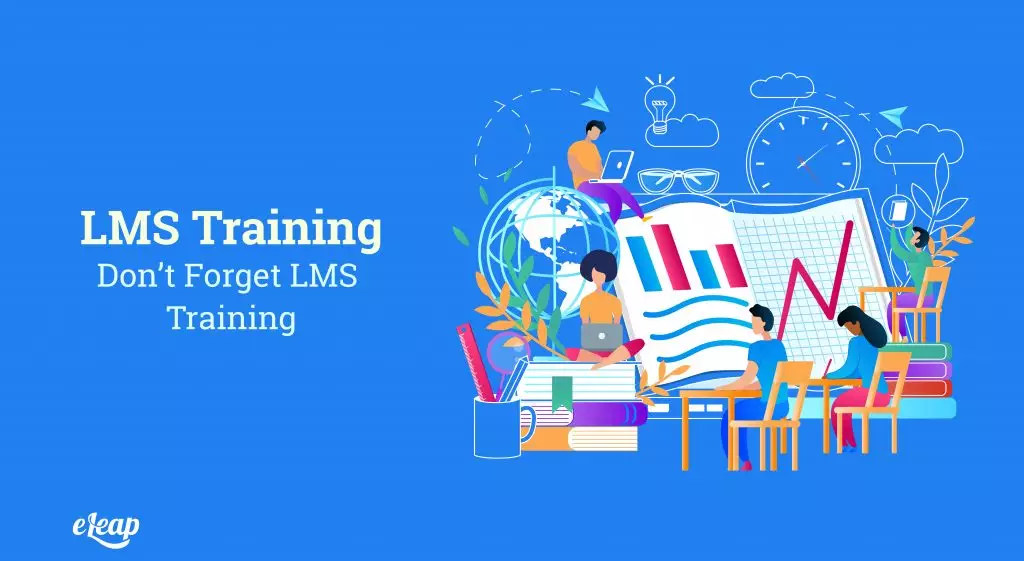LMS Training
Don’t Forget LMS Training

It’s easy to fall into the trap of thinking that your learning management system (LMS) is only for longer, more complex eLearning courses with multiple modules. But your LMS training can also offer all of the same benefits for your company’s training programs, whether they are short and simple or large and complex.

Maximizing Your LMS
Some companies think that because much of their training is classroom-based, instructor-led, or a blend of online learning and face-to-face interactions that an LMS somehow doesn’t apply. Nothing could be further from the truth. If you select the right LMS, it should be able to help you manage all your learning and training programs, no matter how you deliver them. A good LMS training program should help you to plan, implement, and assess the entirety of a learning process. It can help with the administration as well as the documentation, tracking, and recording of how well employees are learning.
You can view the LMS as an opportunity to experiment with what modes of delivery are best based on the kind of content you need to deliver and the characteristics of your learning audience. Blending a variety of methods often turns out to be the most powerful way of providing LMS training to your employees.
Adding in Variety
Using a multimedia approach with videos and graphics can boost employees’ engagement. Implementing a blended classroom with an instructor who facilitates online learning can help students make sense of the material in the real world. Games and role-playing scenarios help the learner take what they’ve learned online and apply the lessons to their work. As you can see, with an LMS training program, the options for a variety of teaching techniques are possible.
Even if you offer training sessions that are exclusively in the traditional model of instructor-led classroom sessions, you can still use an LMS to develop and deliver the instruments for learning assessment. Sending these out through the LMS can measure learning outcomes among participants.
One of the best ways to do this is by conducting not just online post-assessments but also pre-assessments. If you can find out what your learners know before the training as well as what they learned after the training, you’ll have an excellent idea of how effective your training content is.
If you conduct the pre-assessment far enough in advance, you might come to realize highly valuable information about your participating learners. Knowing what they already know could help you to modify the information that you present in a classroom session. By testing your audience on a topic, you’ll discover what areas they are already reasonably knowledgeable. Then, you can make the classroom session more or less advanced and focus on areas where they need additional help. Making the most of your LMS training can help individualize course content to your workers’ needs. You’ll be able to identify workers who are lacking in specific areas and also those who excel.
By using your LMS training to give pre- and post-assessments, your training sessions will become far more efficient. There’s no point in teaching your employees material that they already know well. You can eliminate their prior knowledge from the course content, guaranteeing that their time and your efforts are not wasted.
Employee and Employer Feedback
Tracking how learners perform on the LMS can help to identify employees with potential. Employees who take heed of their educational opportunities and seek to better themselves are likely to advance through the company quickly. With an LMS, you’ll see in real-time exactly who is invests their time and energy into improving within the business.
You can also use the LMS to solicit feedback from learners about how they perceived the quality of their training. Your workers’ feedback can be valuable information. By learning where the course needs improvement, you can change the structure or content to enhance the overall presentation and delivery. The next time you offer a class, you can rest assured knowing that you are providing quality educational material.
As well, these assessment and feedback options can happen right in the classroom. If your LMS training is a web-based responsive system, learners can access it using whichever device they happen to have at the time. They can submit their feedback through their personal tablets or smartphones.
LMS Training on the Go
The mobile accessibility of an LMS training program makes it prime for all workers. If an employee is unable to make it to an onsite training program, they can still access the learning material through their mobile device. Their performance will be tracked, documented, and uploaded into the online database, which can be viewed by the employer. They’ll also receive feedback in real-time to confirm how well they’ve done. You’ll never have to worry about employees missing their training sessions.
Also, many classroom-based training sessions benefit from learners having a chance to digest background material before the classroom session begins. Your LMS offers the best and most convenient way to make those materials available to participants ahead of time. Just upload the readings and content before class, and employees can access it on their own time. You’ll no longer have to print out stacks of reading material, graphs, charts, etc. By putting everything online, you’ll save vital time and the cost to print that information.
If it makes sense, you might also consider videotaping your classroom training and then delivering it through the LMS for future groups. By using this method, you can slowly phase out the classroom training sessions and transition to an entirely online learning option. Making this switch will save you the cost of hiring a professional team of instructors.
Find out if eLeaP is the right LMS training for your company by trying it out now for free. Contact us to find out more about how it can meet your company’s training needs with an array of robust, flexible features. Call us at 1-877-624-7226 or email help@eleapsoftware.com.
Free Resources – Additional information?